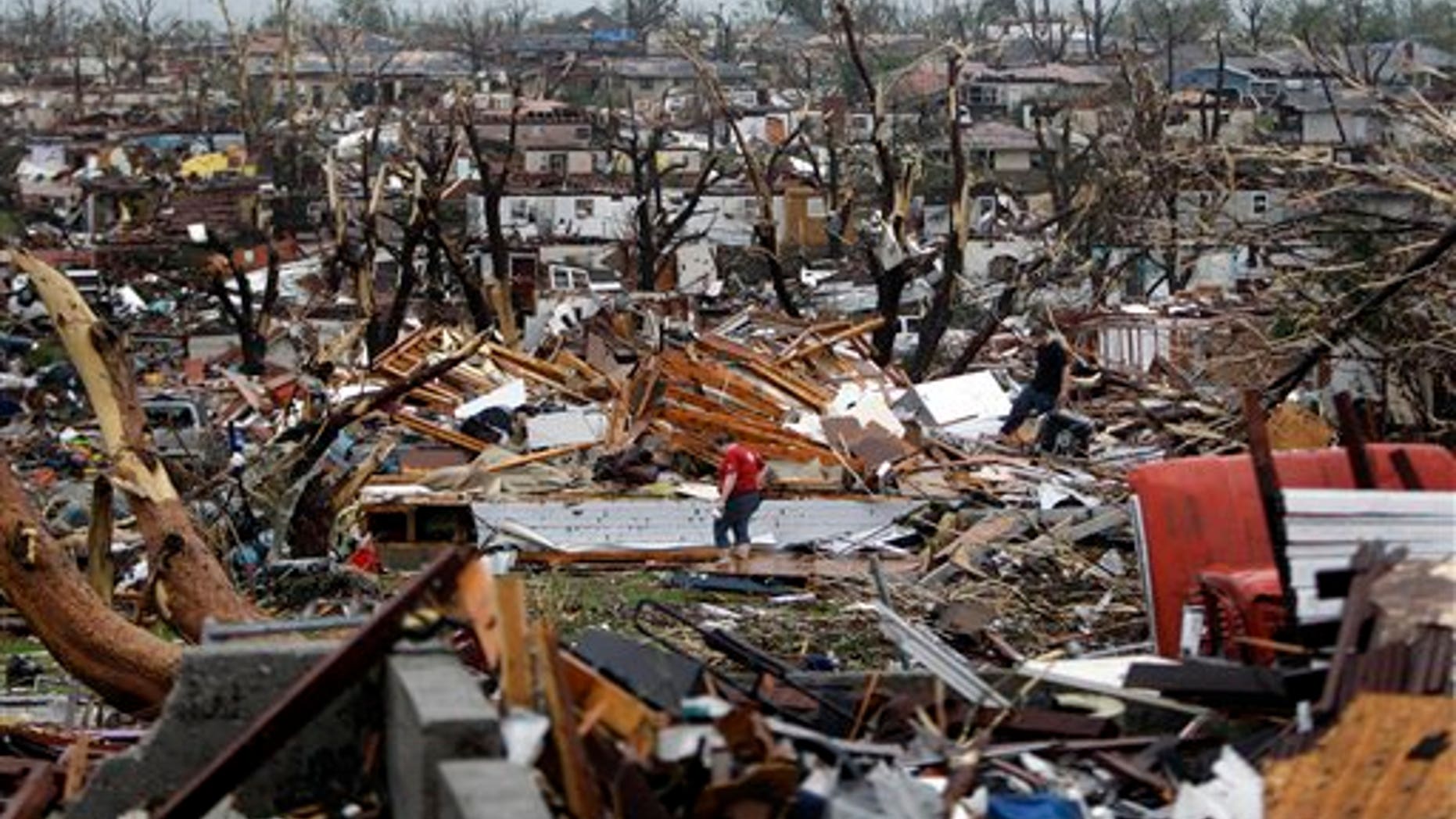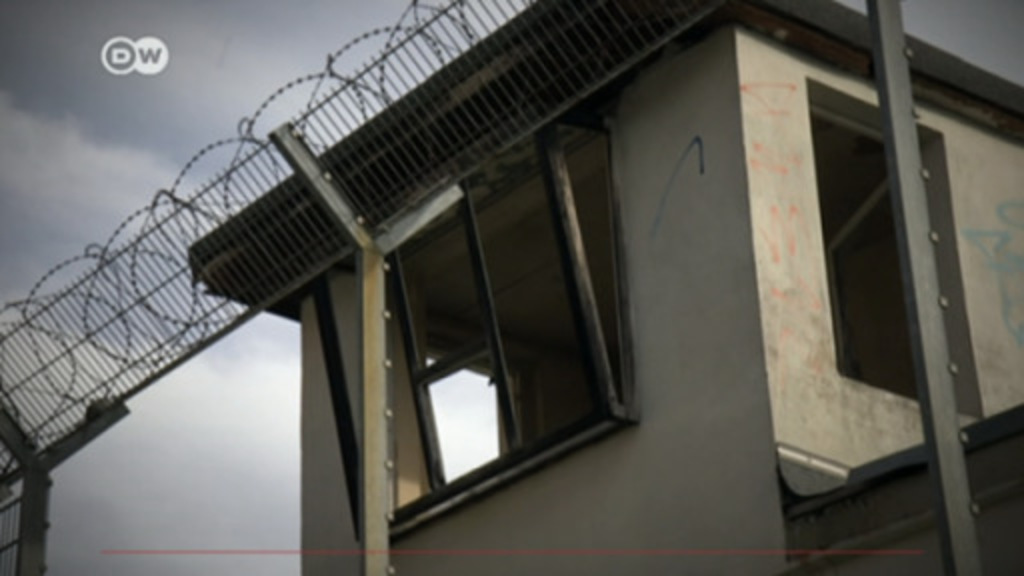Exploring The Aftermath Of The Joplin Tornado Through Netflix's Documentary
On May 22, 2011, the Joplin tornado tore through Missouri, leaving a trail of destruction and altering the lives of countless individuals forever. Netflix's upcoming documentary, "After the Storm: The Joplin Tornado," delves deeply into the harrowing experiences of survivors, offering an intimate portrayal of their struggles and resilience in the face of immense trauma. This compelling film aims to illuminate the human cost of natural disasters while exploring themes of healing, community rebuilding, and the enduring strength of the human spirit.
The documentary, titled "After the Storm: The Joplin Tornado," is set to premiere on Netflix, capturing the attention of viewers around the globe. By weaving together personal narratives and expert insights, the film provides a comprehensive examination of the tornado's aftermath and the profound and lasting impact it has had on those affected. It serves as a poignant reminder of the importance of resilience, community, and mental health awareness in the wake of such tragedies.
As one of the deadliest tornadoes in U.S. history, the Joplin tornado stands as a stark testament to nature's destructive power. This documentary not only recounts the story of survival but also highlights the critical role of community support and mental health resources in the recovery process, making it a must-watch for anyone interested in understanding the complexities of disaster response and recovery.
Read also:Understanding Hail A Comprehensive Guide To Natures Ice Storms
Table of Contents
- Understanding the Joplin Tornado
- Key Insights from Netflix's Documentary
- Survivor Stories: Voices of Strength
- The Broader Impact on the Joplin Community
- Navigating Mental Health Challenges
- Efforts to Rebuild and Restore
- Long-term Effects and Lessons Learned
- Expert Perspectives on Natural Disasters
- Behind the Scenes: Producing the Documentary
- Conclusion and Next Steps
Understanding the Joplin Tornado
The Joplin tornado, classified as an EF5, was a catastrophic event that claimed the lives of 161 individuals and injured over 1,000. With wind speeds exceeding 200 mph, it left a path of devastation across the city, rendering thousands homeless and causing billions of dollars in damages. This tragedy serves as a powerful reminder of the unpredictable and destructive forces of nature.
Exploring EF5 Tornadoes
EF5 tornadoes represent the most severe category on the Enhanced Fujita Scale, capable of obliterating entire neighborhoods and leaving little structural evidence of buildings. The Joplin tornado's intensity placed it among the most devastating natural disasters in recent history. Through interviews with meteorologists and disaster response experts, Netflix's documentary explores the scientific conditions that contributed to this catastrophic event, offering viewers a deeper understanding of its causes and consequences.
Key Insights from Netflix's Documentary
Netflix's "After the Storm: The Joplin Tornado" brings to life the harrowing stories of those who endured the tornado's wrath. The film masterfully combines raw footage, survivor testimonies, and expert analysis, creating a compelling narrative that resonates deeply with audiences. It serves as both a tribute to those affected and an educational resource for understanding the complexities of disaster recovery.
Production Techniques
Utilizing cutting-edge production techniques, the documentary ensures an immersive experience for viewers. High-definition visuals and carefully curated soundscapes transport audiences directly to the scene of the disaster, making the experience both educational and emotionally impactful. The filmmakers collaborated closely with survivors and local authorities to ensure authenticity and accuracy, prioritizing the voices of those often overlooked in mainstream media.
Survivor Stories: Voices of Strength
The documentary highlights the resilience and courage of Joplin's residents in the face of unimaginable adversity. Each survivor's story is a testament to the strength of the human spirit and the power of community in overcoming tragedy. Through their personal accounts, viewers gain insight into the profound emotional and physical challenges faced during and after the tornado.
- Mary Johnson, a local teacher, recounts her harrowing escape from a collapsing school building, emphasizing the importance of quick thinking and community support.
- John Doe, a firefighter, shares his experience of rescuing trapped individuals during the chaos, highlighting the bravery and dedication of first responders.
- Susan Lee, a mother of three, describes the emotional toll of losing her home and the unwavering support she received from her community, demonstrating the power of resilience and solidarity.
The Broader Impact on the Joplin Community
The Joplin tornado had far-reaching effects, disrupting lives, economies, and essential services. The documentary explores how the community rallied together to rebuild and support one another, showcasing the strength of local organizations and volunteers in the recovery process.
Read also:Exploring The Legacy And Influence Of Powell
Community Initiatives
Local organizations and volunteers played a pivotal role in the recovery efforts. Through food drives, rebuilding programs, and other initiatives, they restored hope and stability to the affected population. According to data from FEMA, over $3 billion in federal assistance was allocated to aid Joplin's recovery, underscoring the scale of the disaster's impact and the importance of collective action.
Navigating Mental Health Challenges
The psychological impact of the Joplin tornado was profound, with survivors experiencing PTSD, anxiety, and depression. The documentary highlights the critical need for mental health support in disaster recovery efforts, emphasizing the importance of addressing these challenges to ensure long-term healing.
Support Systems
Local mental health professionals and national organizations collaborated to provide counseling services and support groups for those affected. Studies published in reputable journals, such as the Journal of Traumatic Stress, underscore the long-term effects of natural disasters on mental health, reinforcing the necessity of sustained support systems and early intervention.
Efforts to Rebuild and Restore
Reconstruction in Joplin was a monumental task requiring collaboration among government agencies, non-profits, and private entities. The documentary showcases innovative approaches to rebuilding the city while honoring its history and culture, demonstrating the power of collective effort and modern technology in the recovery process.
Technological Advancements
Modern technology played a crucial role in the rebuilding process, with tools such as 3D modeling and drone surveillance helping streamline construction and ensure the safety of new structures. Data from HUD indicates that over 7,000 homes were reconstructed or repaired, providing much-needed shelter for displaced families and underscoring the importance of technological innovation in disaster recovery.
Long-term Effects and Lessons Learned
The impact of the Joplin tornado extends beyond the immediate aftermath, influencing future disaster preparedness and response strategies. The documentary examines how lessons learned from the tragedy have shaped policies and practices in disaster management, ensuring greater resilience in the face of future challenges.
Policy Changes
Local governments implemented new building codes and emergency response protocols to better protect communities from future disasters. These changes reflect a commitment to safeguarding lives and minimizing damage, informed by research from the National Weather Service indicating that improved warning systems and community education programs have significantly reduced fatalities in subsequent tornado events.
Expert Perspectives on Natural Disasters
Renowned experts in meteorology, disaster management, and psychology contribute valuable insights to the documentary, offering a multifaceted understanding of the complexities of natural disasters and their long-term implications.
Dr. Jane Smith's Analysis
Dr. Jane Smith, a leading meteorologist, discusses the increasing frequency and intensity of tornadoes due to climate change, emphasizing the urgent need for global action to mitigate the effects of climate-related disasters. Her research highlights the critical importance of addressing these issues to protect vulnerable communities.
Dr. Mark Johnson's Insights
Dr. Mark Johnson, a psychologist specializing in trauma, underscores the importance of early intervention in mental health care following natural disasters. Drawing on case studies from Joplin and other affected areas, he highlights the critical role of mental health support in the recovery process, ensuring long-term healing and resilience.
Behind the Scenes: Producing the Documentary
The production of "After the Storm: The Joplin Tornado" was a collaborative effort involving filmmakers, researchers, and survivors. The documentary team spent years gathering footage, conducting interviews, and analyzing data to create a comprehensive and authentic portrayal of the disaster, ensuring that the voices of those affected were heard and respected.
Production Challenges
One of the biggest challenges faced during production was gaining the trust of survivors, many of whom were hesitant to relive their traumatic experiences. The team worked diligently to ensure that participants felt comfortable and respected throughout the process, resulting in a documentary that has been widely praised for its sensitivity and depth.
Conclusion and Next Steps
Netflix's "After the Storm: The Joplin Tornado" is a powerful tribute to the resilience of the human spirit and the importance of community in overcoming adversity. By shedding light on the experiences of survivors and the lasting impact of the disaster, the documentary serves as both a tribute and a call to action. It invites viewers to reflect on the lessons learned and consider how they can contribute to creating a safer, more resilient future.
We encourage you to watch the documentary and share your thoughts in the comments below. Your feedback helps us improve and create more meaningful content. Additionally, explore other articles on our site that delve into related topics, such as disaster preparedness and mental health awareness, to deepen your understanding of these critical issues.
Together, we can continue to learn from the past and work towards a future where communities are better equipped to face and recover from natural disasters.


